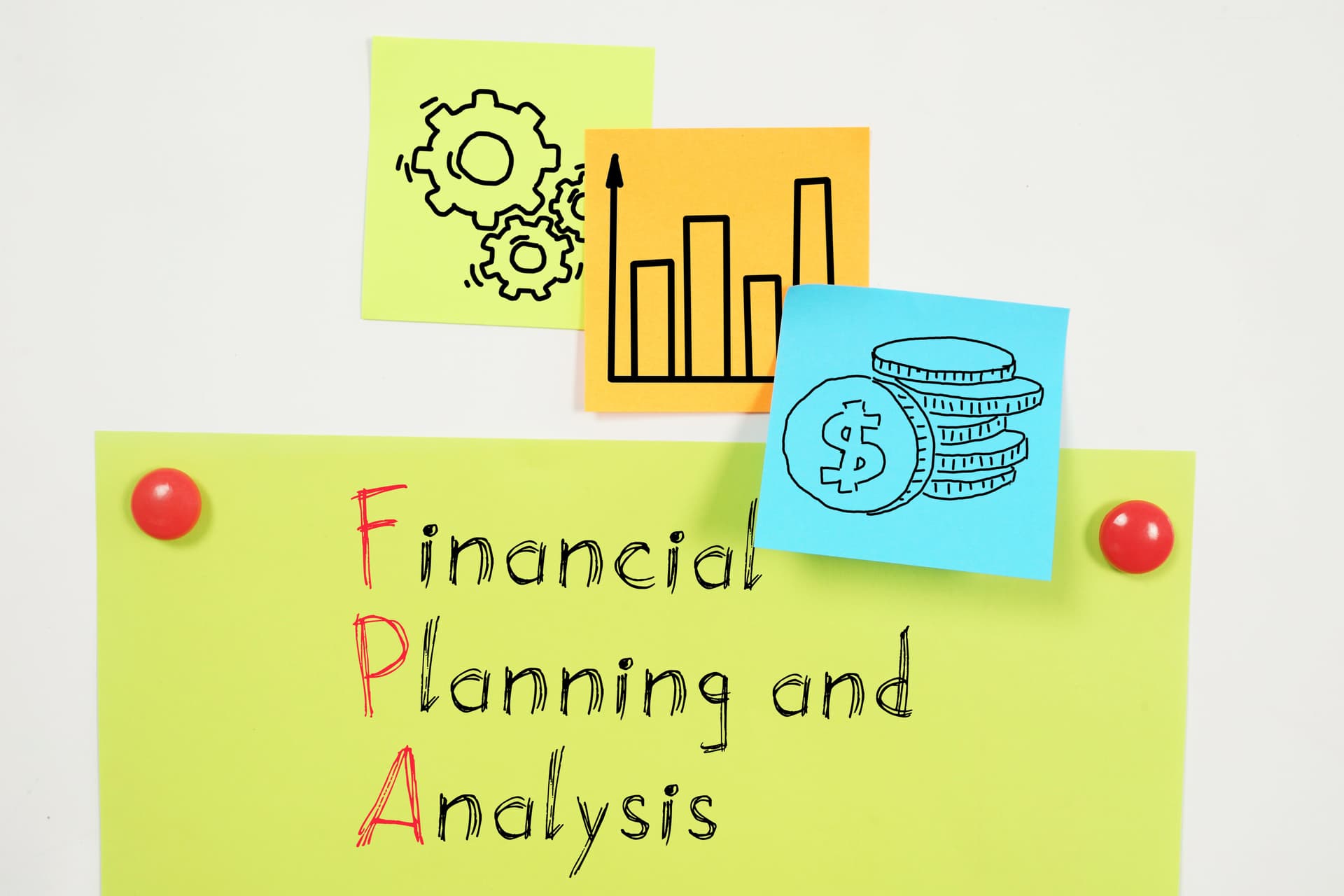Fundamental FP&A: Mastering financial planning and analysis
How companies use FP&A to guide business decisions.

Andrii Dodonov/Getty Images
• 5 min read
Within the cerebral realm of corporate finance, it’s a fierce contest to decide which specialty may rightfully claim the crown of most essential to the business.
Today we’re talking about one of the strongest contenders in this Spreadsheet of Thrones. These professionals take chaotic streams of data and alchemize it into the insights that a business needs to plan for the future. Welcome to the house of Financial Planning and Analysis.
What is financial planning and analysis (FP&A)?
Financial planning and analysis, aka FP&A, “is a set of planning, forecasting, budgeting, and analytical activities” that gauge how well a business is doing and provide insight for its leaders’ decisions, according to SAP. At large companies, finance departments can have entire FP&A teams that wrangle and analyze varied and vast sources of financial, operational, and external data, but the software maker explained that regardless of size, the ongoing process of FP&A follows the same four steps.
The four steps of financial planning and analysis
- The process begins with collecting, consolidating, and verifying data that comes from within the enterprise and out, according to SAP. The sources of data include financial and operational data from across the enterprise as well as external data, such as those on market trends. Which data FP&A professionals collect and analyze can change to suit changes in the business—like its introduction of new products or entry into new markets—or to reflect new market conditions.
- Now we’re in the heart of FP&A. Once FP&A professionals have the data they need, they can create predictive models that help them forecast sales, cash flow, and other financial metrics. The predictions help FP&A professionals make their financial plans. One of the most common planning methods is the driver-based plan, where a company charts different paths based on how they would affect the most important factors of the business. Another common method is multi-scenario planning, where the business decides how it will respond, both financially and operationally, to make sure that it meets its financial goals through any number of situations predicted by its models.
- A plan without a budget to support it is just a list of hopes and dreams. Here’s where the FP&A crew estimates how much money each business unit will need, and the amount of revenue and cash each will generate, to carry out the broader corporate plan, SAP says. At a minimum, these budgets are made once a year as part of the annual corporate budget, but they can be updated quarterly or even continuously.
- While it’s the final step in the FP&A process, tracking and analyzing financial data is also sort of Step Zero, since FP&A professionals are always at it. By tracking their company’s core financial metrics and industry KPIs, FP&A teams can discern trends and piece together stories about how the business is doing. FP&A professionals share these insights in regular reports and in ad-hoc analyses to inform leadership decisions.
How FP&A informs business decisions
FP&A’s usefulness to an enterprise depends on its access to data. Based on a company’s past earnings, profit margin, and other financials, FP&A teams can detect trends over the years and extrapolate how their company will fare in the future, according to Investopedia. “[A] drastic upswing in sales in the few months leading up to Christmas,” for example, “allows the business to forecast budgets and make decisions, such as necessary minimum inventory levels, based on past trends.” If a company’s leaders are trying to decide whether a potential project might be worth the investment, FP&A professionals may be called on to share analysis with ratios such as net present value (NPV), internal rate of return (IRR), or minimum acceptable rate of return (MARR), also known as its hurdle rate. Financial analysis can give a clear view of how long it takes a company to convert a sale made with credit into cash (days sales outstanding, or DSO), Investopedia explained.
How to advance in an FP&A career
A finance professional on the FP&A track might begin their career in an accounting role that “will teach [them] the basics of budgeting, collecting financial information and meeting financial reporting requirements,” Indeed explained. After a few years of day-in, day-out toiling with a company’s transactions, and perhaps getting an MBA, our ambitious FP&A professional might advance to an FP&A analyst role where they gather data and build financial models.
News built for finance pros
CFO Brew helps finance pros navigate their roles with insights into risk management, compliance, and strategy through our newsletter, virtual events, and digital guides.
It’s in the senior levels of the profession, according to Indeed, where the capital-A analysis takes place. A senior FP&A analyst analyzes the data that junior analysts gather, while an FP&A manager helps the heads of departments plan their expenses. An FP&A director, who typically has more than a decade of experience, creates the strategic financial plans to carry out the goals of executives and shareholders. From there, the now seasoned FP&A professional has just one more rung to reach the top of the finance function: CFO.
Our budding corporate financial planner or financial analyst doesn’t need to aim for the C-suite to have a great career. “FP&A professionals have a direct path for earning promotions and growing” in their career, according to Indeed, and because companies need them in both good times and bad, it’s “one of the most stable job options in finance.”
News built for finance pros
CFO Brew helps finance pros navigate their roles with insights into risk management, compliance, and strategy through our newsletter, virtual events, and digital guides.